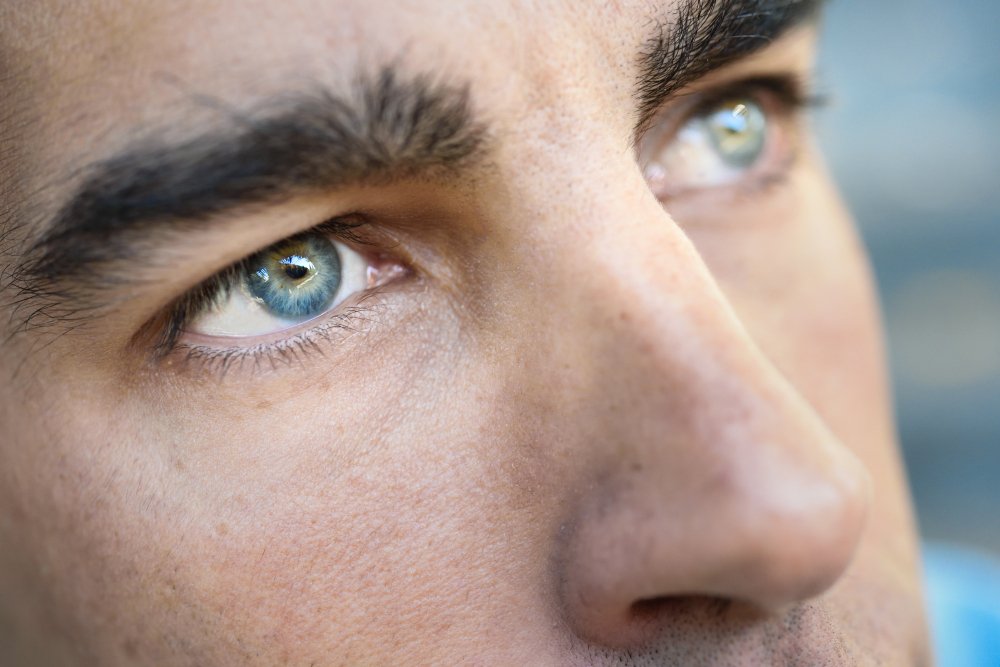Have you ever wondered how the world looks through colorblind eyes? Imagine trying to match clothes, read a colorful chart, or enjoy a sunset — only to realize the shades blend together. When Colors Collide: The Hidden World of Color Blindness takes you inside this unique experience, revealing how people with color vision deficiency navigate daily life, overcome challenges, and find beauty in their own vibrant way.
Understanding the World of Color Blindness
Color blindness, or color vision deficiency, occurs when the eyes can’t distinguish certain colors properly. It’s not about seeing in black and white, as many believe. Instead, it’s about seeing the world differently. Most people with this condition struggle to tell the difference between shades of red and green, while others may have trouble with blue and yellow tones.
Interestingly, this condition affects about one in twelve men and one in two hundred women. While it may sound limiting, those living with color blindness often develop creative ways to adapt. In When Colors Collide: The Hidden World of Color Blindness, we discover that these individuals learn to rely on brightness, texture, and even memory to navigate color-coded tasks.
Causes and Types of Color Blindness

Color blindness is usually inherited, meaning it’s passed down genetically. However, it can also develop later in life due to certain eye diseases, medications, or even aging. There are three main types:
- Red-Green Color Blindness: The most common form, making it difficult to distinguish between reds, greens, browns, and oranges.
- Blue-Yellow Color Blindness: Less common, causing confusion between blue and green or yellow and red.
- Complete Color Blindness (Monochromacy): Extremely rare, where people see the world in shades of gray.
As we explore When Colors Collide: The Hidden World of Color Blindness, it’s clear that each type creates its own unique visual experience — and each person learns to see beauty in unexpected ways.
Everyday Life and Hidden Challenges
Imagine driving with a traffic light that looks like two shades of gray, or choosing ripe fruit when red and green appear the same. Everyday tasks can become tricky. Yet, people with color blindness adapt impressively. They often use apps or labeling systems to identify colors or ask trusted friends for help when needed.
Even in careers that depend on color accuracy — like design, art, or nutrition labeling — individuals find innovative ways to work around their condition. For example, a nutritionist with color blindness may use pattern-coded charts rather than colored ones to explain food groups to clients. In When Colors Collide: The Hidden World of Color Blindness, we learn that determination often turns limitations into strengths.
Nutrition and Eye Health
While genetics play the biggest role, maintaining good nutrition can support overall eye health. Vitamins A, C, and E, along with minerals like zinc and omega-3 fatty acids, help protect the retina and improve vision quality. Eating foods such as carrots, spinach, and citrus fruits nourishes the eyes and keeps them strong.
Though proper nutrition can’t cure color blindness, it promotes better visual function and helps prevent additional eye issues. So, including a colorful (even if not all colors are visible!) and nutrient-rich diet is a smart step for everyone — colorblind or not.
Living Vibrantly Beyond Colors
Color blindness doesn’t stop people from appreciating beauty or creativity. In fact, many colorblind artists, photographers, and designers create remarkable work. They focus on contrasts, shadows, and textures to express emotions through form rather than color.
In When Colors Collide: The Hidden World of Color Blindness, we find countless stories of people turning their condition into a source of inspiration. Some even say that their unique vision helps them notice patterns that others overlook. This different perspective challenges society’s idea of “normal” vision and proves that beauty is not limited to what we see — but how we perceive it.
Technology and New Hope
Thanks to modern science, technology now offers exciting solutions. Special lenses and glasses help some colorblind individuals distinguish hues more clearly. Digital apps also simulate color correction, making it easier to interpret maps, read graphs, or choose matching clothes.
These innovations, explored in When Colors Collide: The Hidden World of Color Blindness, show how awareness and compassion can make the world more inclusive. Simple adjustments, like using high-contrast designs in public signs or websites, can make a big difference.
Breaking Myths and Spreading Awareness
One of the biggest myths about color blindness is that people “can’t see color.” In reality, they do — just differently. By spreading awareness, society can become more understanding and inclusive. Schools, workplaces, and brands are now making conscious efforts to design materials accessible for everyone.
The message of When Colors Collide: The Hidden World of Color Blindness is simple yet powerful — inclusion starts with empathy. When we learn to see through someone else’s eyes, we realize that perception is more than sight — it’s perspective.
Final Thoughts
In the end, When Colors Collide: The Hidden World of Color Blindness reminds us that our differences make the world richer. Whether you see a full spectrum or just shades of it, your vision still holds beauty, purpose, and power. With the right nutrition, awareness, and compassion, we can all help create a world where every eye — no matter how it sees — feels seen.

1 comment on ““When Colors Collide: The Hidden World of Color Blindness””